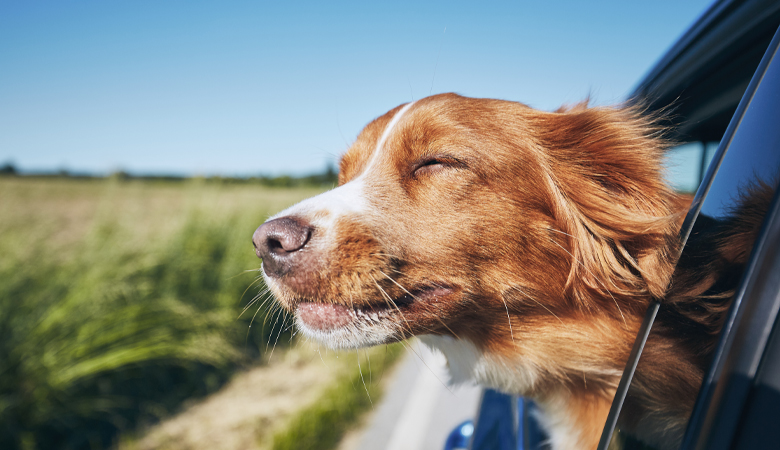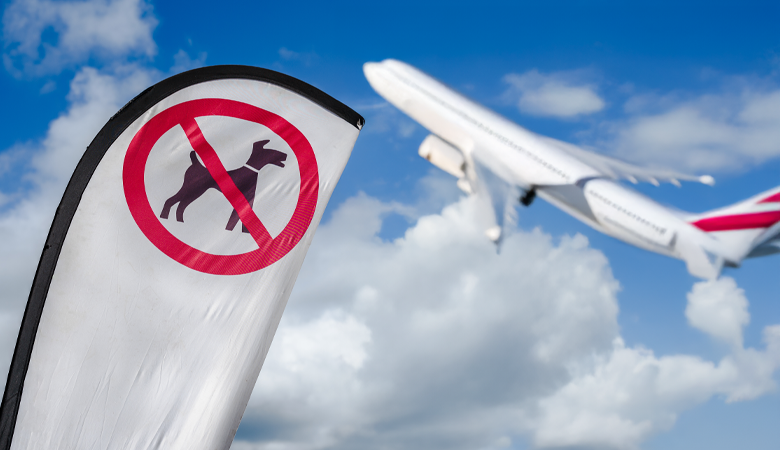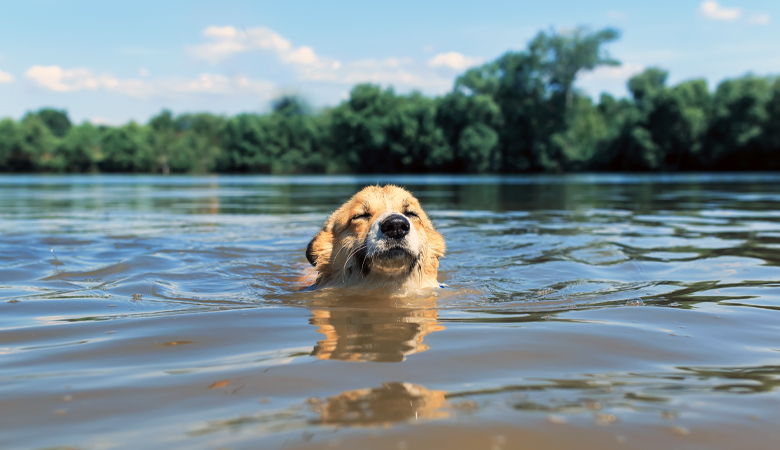Is it mandatory to secure your dog in the car?
When you’re on the road with your dog, of course you want them to travel safely and comfortably. But is it actually mandatory to restrain your dog in the car? In the UK, there is no specific law that outlines exactly how a dog must be transported, but the Highway Code states that the driver must always be in full control of the vehicle and that any load, including pets, must not pose a danger. This means an unrestrained dog can be a risk, and you are legally required to transport your dog safely.
Although it’s not explicitly required to use a restraint, you are still obligated to keep your dog secure during travel. This can be done using a seatbelt harness, a crate or a dog guard, ensuring your dog is protected throughout the journey.
Dog owners heading abroad should also be aware of the regulations in other countries. In some places, using a seatbelt harness or crate is mandatory. For example, in Germany, dogs are considered a form of cargo and must be properly secured — for instance, with a car seatbelt harness, crate or guard. Failing to follow these rules can result in a fine. Since regulations can change yearly, it’s important to always check the current laws of your destination before departure to avoid unpleasant surprises and keep your dog safe wherever you go.
What is the safest way to transport a dog in the car?
A secure and suitable way to transport your dog is crucial for a relaxed journey. Depending on your car and your dog’s preferences, you can choose from several options:
Dog harness with seatbelt
This allows your dog to sit safely and comfortably on the back seat. The safety belt easily connects to your car’s belt system and attaches to your dog’s harness with a carabiner. You can combine this with a car seat or car blanket to keep your seats clean.
Crate or travel carrier
Prefer to transport your dog in a crate? Choose a Trixie mobile crate that fits in the boot, or a foldable carrier for the back seat. This keeps your dog safely contained while still allowing them to look around.
Dog guard and ramp
If you have enough space in the boot, a dog guard can prevent your dog from moving forward. Does your dog struggle to get in the car due to size or joint issues? Then a foldable ramp can be a great solution — easier for your dog and your back.
Stress during car rides
Going on adventures with your dog, enjoying the beach or a walk in the woods — it’s a wonderful experience. Unfortunately, for many dogs, travelling by car isn’t as relaxing as it is for their owners. If your dog experiences stress in the car, it can limit your options for fun activities farther from home. This stress could stem from a negative past experience, motion sickness, or an unpleasant association with car rides. These factors can also reinforce each other. That’s why it’s important to reduce travel stress as early as possible.
Work on this stress before your journey or holiday starts! In most cases, travel-related stress can be improved through training. Take your time and don’t rush. Break the training into small steps and start with a stationary car. If you encounter difficulties, consult a behaviourist. You can also support your dog with calming supplements like Dr Ann’s Stress Reduction or Zylkene. Pheromone-based products such as Adaptil can also help reduce stress. Be sure to start these interventions well in advance.
How can you tell if your dog is stressed?
- Frequent panting and yawning
- Barking
- Trembling
- Licking their lips for no apparent reason
- Raised front paw
- Spinning in circles
- General restlessness
Tips for dogs with motion sickness
Just like humans, some dogs get car sick. Movement during travel can disturb the balance centre. Symptoms may include drooling, restlessness, smacking their lips, or vomiting. This makes car rides much less enjoyable. To help your dog, you can use a supplement like Puur Tour. It’s wise to test this supplement before a long journey to see how your dog responds. If it proves ineffective, you’ll still have time to consult your vet about prescription options.







